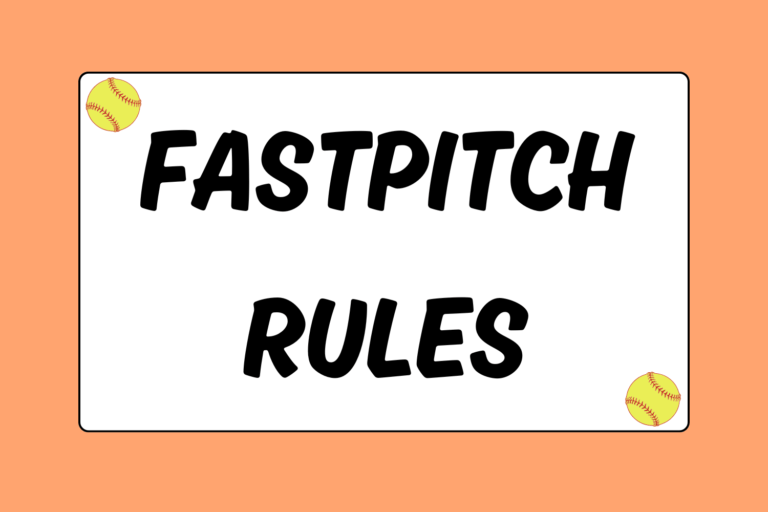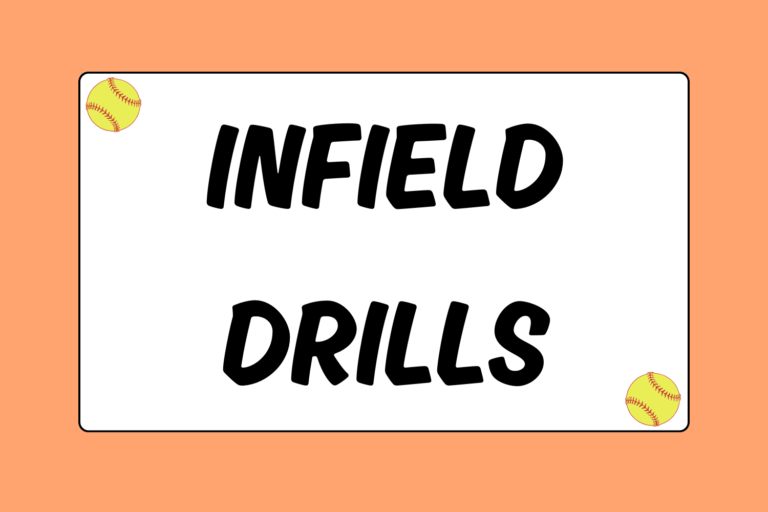If you’re serious about wanting to play college ball, you really have to sell your talent to the recruiters. A good resume and an enticing letter are good, but being able to accompany both with a skills video will allow you to show college coaches your skills, rather than just talking about them on paper.
There are softball showcases all across the nation, so it’s impossible for scouts to be at every tourney. Because of this, collegiate coaches will choose only certain showcases to attend. But what if your team isn’t participating? Don’t start panicking just yet. Read this guide for tips on how to create a skills video. Send it in with your letter of interest and you’ll be on your way to getting noticed.
Hot Tip: Be Prepared
If you aren’t that familiar with the rules and standards of the recruitment process, check out our guides on the recruitment process for collegiate softball and how to write letters of interest. Keep those guidelines in mind when sending out your letters and videos, and remember to always send a schedule of your team’s games. Hopefully, your favorite coach will watch you on film and on the field.
Get the Crew Together
The first thing you will need is a crew. You’ll need a videographer, at least one extra player to help with your fielding and hitting, and a field (preferably manicured). Coaches don’t expect amazing production values, so you do not have to hire an expensive professional. Don’t think that the only way to get into college is to spend a ton of money on a video — coaches can see past that. However, you don’t want the camera to be moving so much that the coach has to turn off the video before getting sick, either.
If a non-professional is going to record the video, just make sure you use a tripod. You should also consider using a wireless microphone when talking if your video camera doesn’t pick up your voice, or if there is too much ambient noise.
The Process
After you’ve found the perfect spot to shoot, you have to figure out what you want to showcase and how you want to do it. No two videos will be the same. The outline below is an example of how a video could be organized. If a skill doesn’t match what you want to showcase, simply skip to the next one.
1. Introduction
The first part of your video should be your introduction. Simply state your name, your positions, the high school you attend, and your travel ball team. It would be best to wear your uniform, or a clean practice uniform. Don’t wear anything loud that will distract from what you’re displaying (your talent). A coach is expecting to see a softball player, so give him one.
2. Base Running
If you’re fast, you want to prove it. Do at least two good runs to first base, then two to home. On every run, have a stop watch in the bottom right-hand corner of the camera to show your speed in real time. Remember, do as many as you need until you get at least one or two good runs — you can always cut out the bad ones. You can do these runs after making contact with a pitch, or just from standing in the box and going through the motion of your swing.
3. Fielding
You always want to showcase how well you can handle the ball. At every position you play, take a bunch of grounders: Short hops, long hops, slow rollers, popups, backhands, divers, and throwing on the run. You want to make exciting plays on camera, so make sure your hitter is setting you up to look good. You should also practice plays — throwing to first, turning the double play, and charging home. Whatever you do, make sure that you are always on camera in your video. Your throws can be in the shot as well, but they don’t have to be.
If you are an outfielder, you also want to showcase every skill you’ve got. Make sure you’re showing off your ability to charge in on a grounder, then crow hop and throw it in. You want to catch high pop-ups, short pop-ups, shoe-string catches, and line drives over each shoulder. You also want to show your ability to play the fence and throw accurately to a base. Make sure you are drop stepping correctly and always crow hopping.
4. Hitting
You definitely want to show how well you can hit. Even if you are an incredible fielder, you won’t even be considered if you can’t hit. There are a few ways you can showcase your abilities:
- Hit off a pitching machine
- Hit off a coach
- Hit off a live pitcher
There are advantages and disadvantages to all three. Almost everyone can hit well off a machine. If you hit off a coach, then the coach can give you good pitches to hit (that is, not too fast, but not too slow, so you can get a good swing on every pitch). Hitting off a live pitcher will allow you to show your plate discipline and how well you react to different pitches. If you happen to have a bad at-bat, just cut it out of the video. Footage of you hitting off a pitching machine will allow coaches to evaluate your swing, but if you’re able, it’s a good idea to show yourself hitting off a live pitcher as well.
As much as you want to show you can hit, you also want to show you can bunt or slap. If you are a righty, be sure to lay down some sacrifice bunts, push bunts, and bunts for a base hit. If you are a lefty, try to highlight your ability to sacrifice bunt, drag bunt, push bunt, slap, chop slap, and power slap. If you are a switch hitter, show them everything!
5. Pitching
As a pitcher, you want to show that you can throw consistent strikes. Don’t film your warm-up; only film your actual pitches. You want coaches to see your best velocity. Throw at least five of every pitch you have, and make sure you either say the pitch to the camera or insert text on the video. You should also show your ability to field a tough grounder and make an accurate throw from the circle. As a side note, make sure your catcher is great at framing your pitches — you want to look good.
6. Catching
If you are a catcher, you want to show your ability to frame, block, and throw to every base — particularly second base for steal attempts. When you throw down to second base, include a stopwatch in the bottom right-hand corner of the video to show the coaches just how fast you can get the ball there.
If you can get it under three seconds, you’ll be hearing your phone ring in no time. It’s also a good idea to get some footage of you running down to first to back up a throw. You’ll need a few other teammates for this; simply make one player the batter, another player the first baseman, and the third an off-camera thrower. As the runner heads down first, so should you. (No coach wants a lazy catcher!)
Hot Tip: The Don’ts of Videos
To make the best video possible, do not over-embellish. That said, here are three “don’ts” of making skills videos:
- No montages: No coach wants to see you spend three minutes scanning your trophy case. Be a little more humble and let them see why you deserve such honors through the showcase of your skills.
- No lyrical music: You don’t know what type of music a coach likes (or hates), so if you want background music, pick a beat rather than a song with lyrics. That way, the music won’t take away from your video, but there won’t be awkward silence either. If you include music, set it low enough that the sound of the bat hitting the ball can still be heard. You also want to make sure that anything you say (like calling for the ball) is not muted.
- Not excessively long: Don’t drag your video out. Make it short, sweet, and to the point. If anything, you want to the coach to want to watch it again, rather than stopping it short because he already spent his afternoon break on itHot Tip: The Don’ts of Videos
That’s a Wrap
At the end of your video, go back on camera and thank the coaches for watching. Tell them that you look forward to seeing them in the stands and hearing from them soon. You should briefly give your contact information (phone number and email address) as a way to tie it all together and say what will hopefully be a temporary goodbye.





